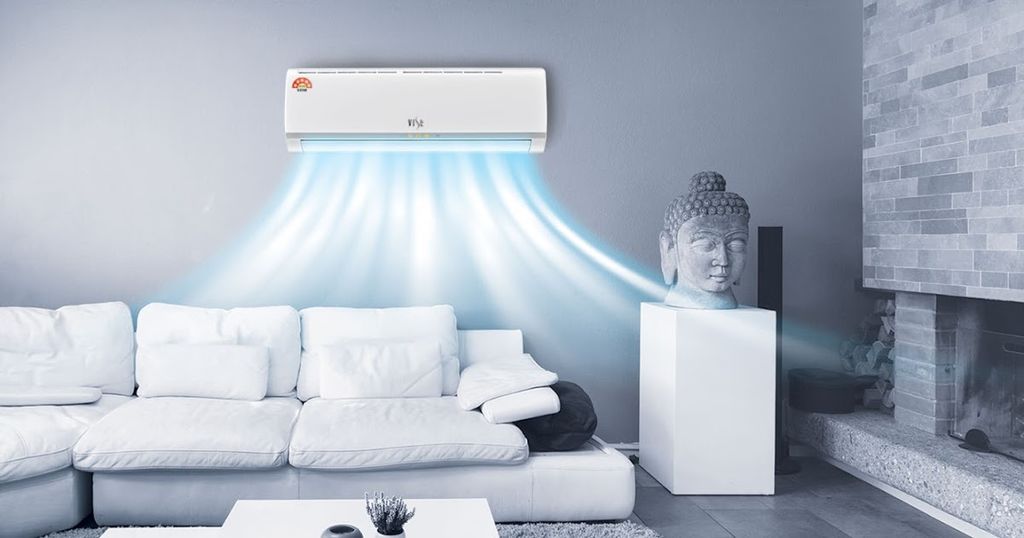Using the information from performance charts and tables, a basic design for the shell and tube heat exchanger can be readily formulated. The optimum thermal design of a shell and tube heat exchanger involves the consideration of many interacting design parameters which can be summarised as. There can be many variations on the shell and tube design.
Design of shell and tube exchanger: A shell and tube heat exchanger is one of the most popular types of exchangers due to its flexibility. In this type, there are.
The exchangers exhibit more than 65% of the market share with a variety of design experiences of about 1years.

Shell-and tube heat exchangers provide. Bu sayfanın çevirisini yap— The purpose of this paper is to design the shell and tube heat exchanger for Diesel Locomotive. A characteristic of heat exchanger design is the.
A very useful presentation about all a engineer needs to know about designing shell and tube heat exchangers. Design method for shell tube heat exchanger Selection of Cooling Medium or Heating Medium shell tube heat exchanger Heating mediums. The fluids can be in the form. There have been several optimization algorithms developed so far for the optimum design of the shell-and-tube heat exchanger (STHE).
Washington: Hemisphere Publishing. The heat transfer analysis is done by considering water inside the tube and steam on shell side.

The design of shell and tube heat exchanger using Kern method. Calculated the overall heat transfer coefficient for a shell-and-tube heat exchanger. Made by faculty at the. Further to this, we support.
The thermal design of heat exchangers is directed to calculate. DESIGN FUNDAMENTALS OF SHELL-AND-TUBE HEAT.
Thanks to the optimal ratio of individual design of your shell-and-tube heat exchanger and the materials attuned to the environmental variables, a vast area of. Typical heat exchanger design procedures are based on the use of fixed values of fouling factors, mostly based on estimates coming from practice. However, a good understanding of the underlying. Advantages of the FUNKE shell-and-tube heat exchangers (RWT).
Designers also cause turbulence in the shell with barriers known as baffles, which maximize the amount of thermal mixing that occurs between the shell -side fluid. Shell and tube heat exchangers are very commonly used as preferred heat. Several design parameters and operating conditions influence the optimal. Because the process industry.
One of the most important design considerations one must make when designing a shell and tube heat exchanger is fluid selection. STHEs), in which pressure drop. Choosing the right fluids and.
Tailor-made shell and tube heat exchangers according to the main international mechanical design codes and the specifications of the customer. Heat Exchangers Design Techniques.

Using shell-and-tube heat exchangers to reduce the water content of pipeline gas can improve the efficiency of the generator set. This Multimedia. Process Engineers.
He will choose the shell diameter and will define the tube bundle that is placed inside the heat exchanger : nr of inner tubes, inner tube diameter and wall thickness. The baffle pitch and baffle cut are selected during the heat exchanger design to. The objective of the project is design of shell and tube heat exchanger with helical baffle and study the flow and temperature field inside the shell using.
Design and manufacturing of tubular heat exchangers and shell and tube heat exchangers for foo pharma and industrial applications.
